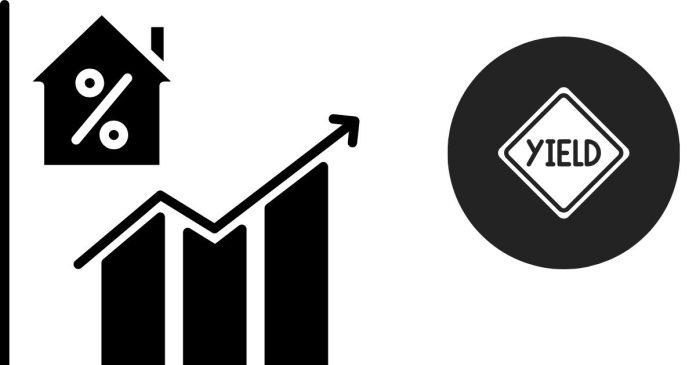Here are a few ways to use “percent yield” in a sentence, with slightly different focuses:
Focusing on the result:
“The reaction had a percent yield of 85%, indicating a successful synthesis.”
“Due to side reactions, the percent yield of the product was only 62%.”
“Despite careful execution, the experiment’s percent yield was disappointingly low at 30%.”
Focusing on the calculation:
“To determine the percent yield, we divided the actual yield by the theoretical yield and multiplied by 100.”
“By comparing the actual mass of product obtained to the theoretical mass, we calculated the percent yield.”
Focusing on the importance of percent yield:
“A high percent yield is crucial in industrial chemical processes to maximize efficiency and minimize waste.”
“The percent yield is an important metric for evaluating the effectiveness of a chemical reaction.”
More complex example:
“Although the reaction was expected to produce 10 grams of product, only 7.5 grams were recovered, resulting in a percent yield of 75%.”
In each of these sentences, “percent yield” refers to the ratio of the actual amount of product obtained in a chemical reaction to the theoretical amount that could be obtained, expressed as a percentage.


